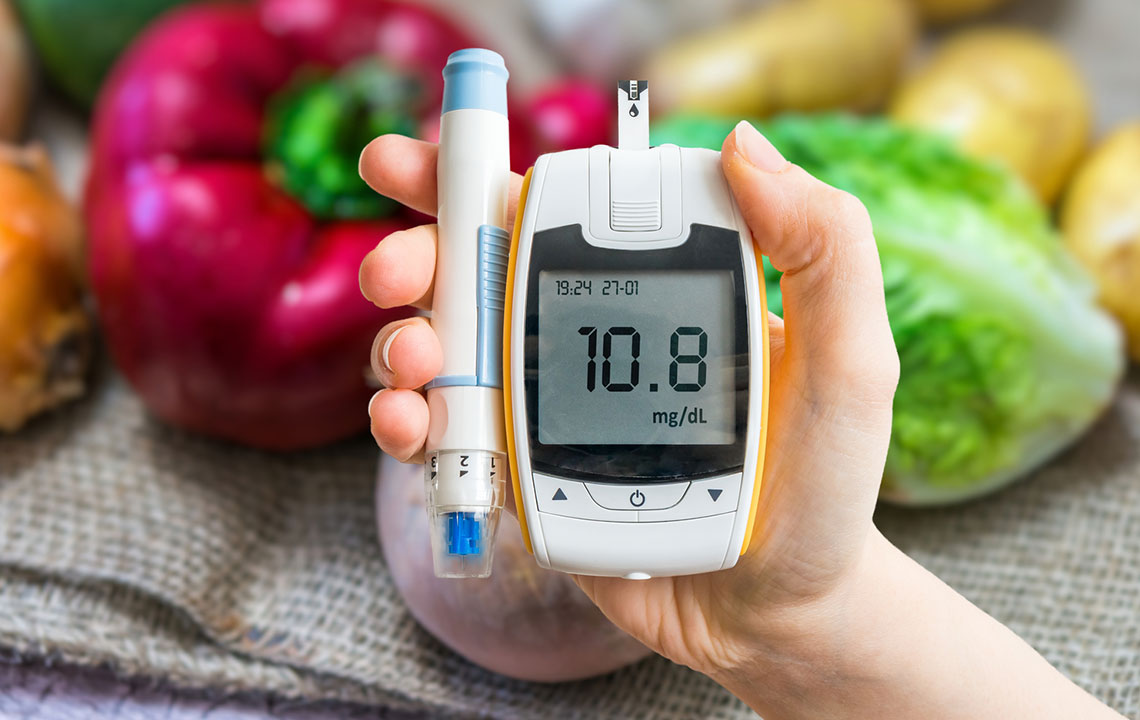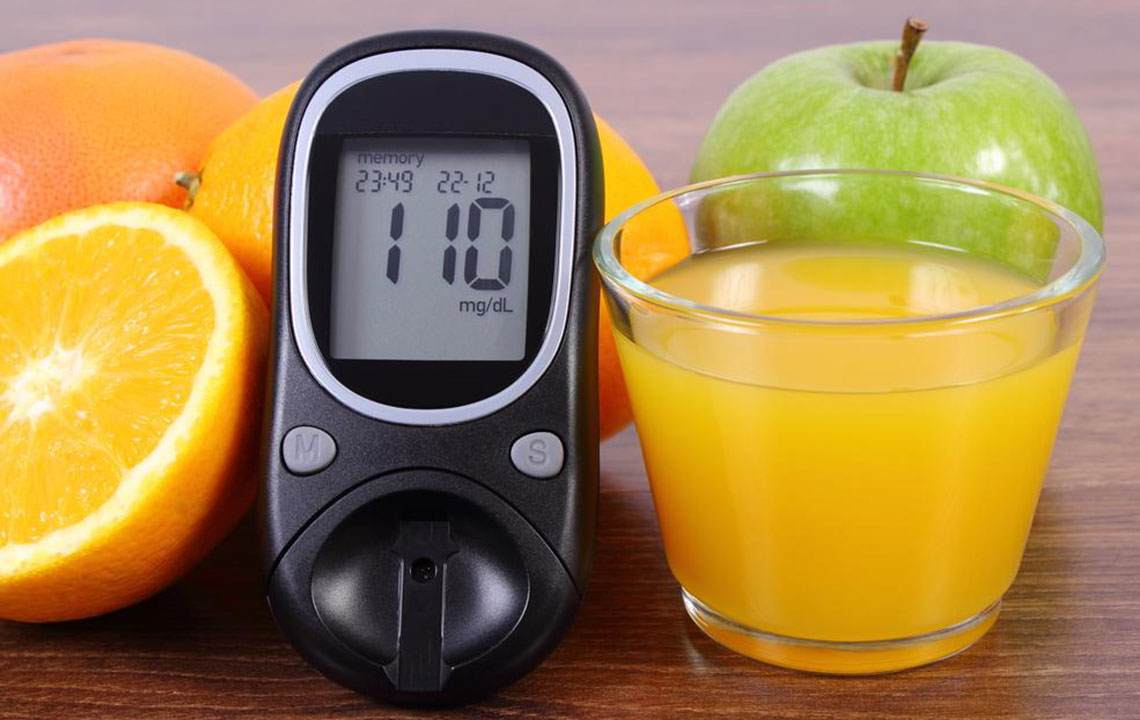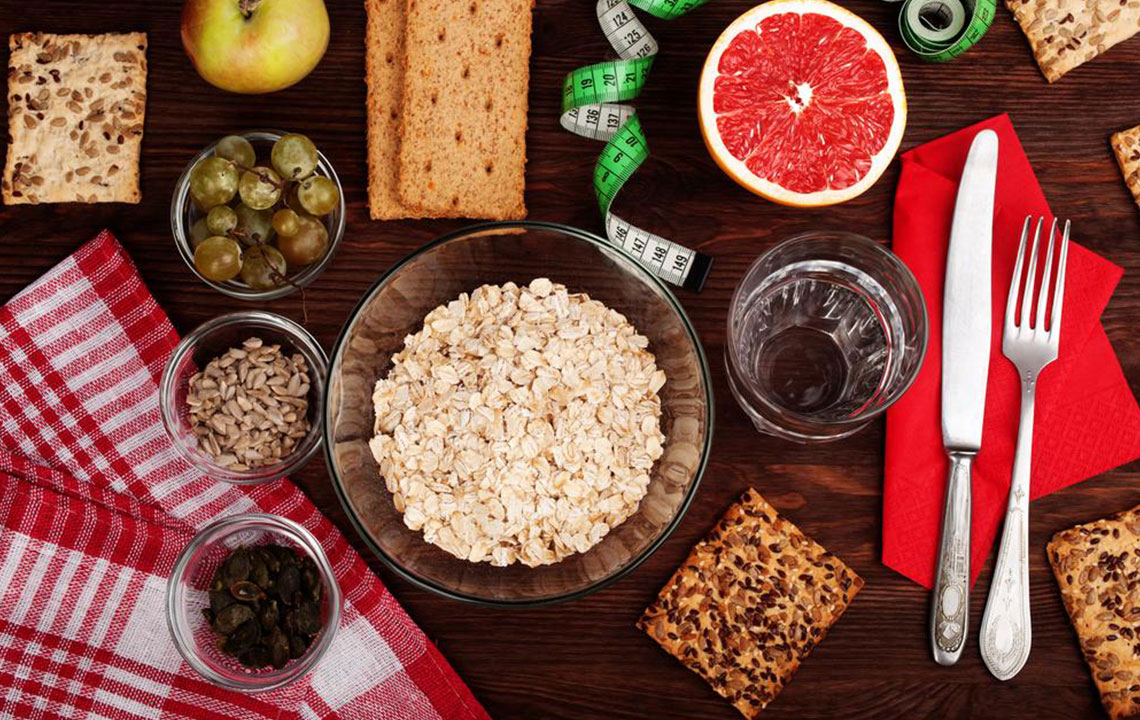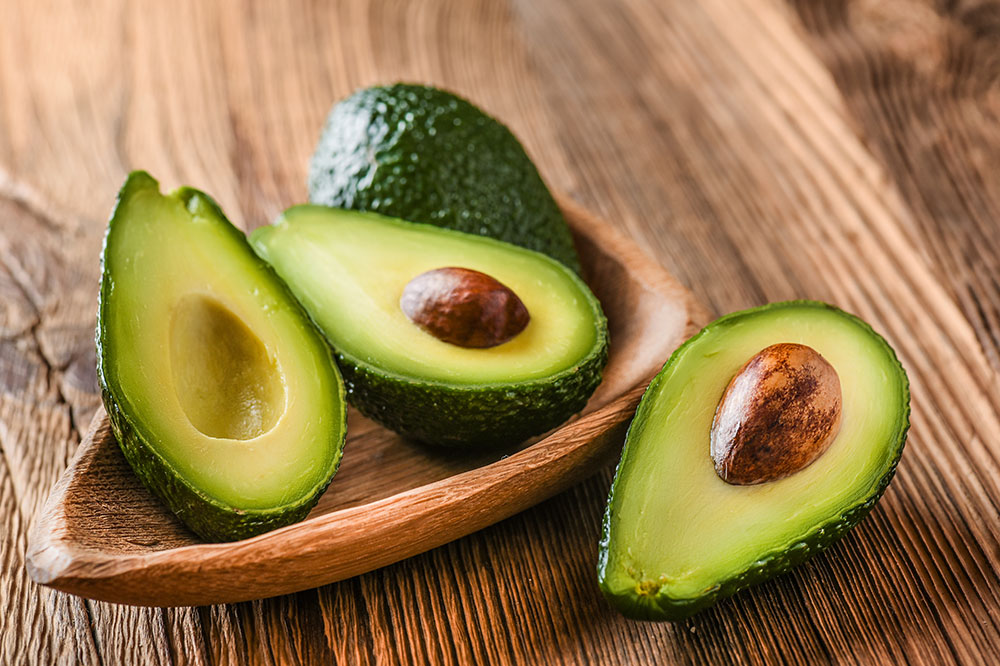Comprehensive Nutrition Strategies for Effective Diabetes Management
This comprehensive guide offers essential nutrition strategies tailored for effective diabetes management. It covers meal planning techniques, portion control using the plate method, carbohydrate management, and practical meal ideas to help individuals stabilize blood sugar levels. Emphasizing balanced diets, lifestyle modifications, and sustainable habits, this article provides valuable insights for those seeking to improve their health and prevent complications associated with diabetes. Incorporate these dietary tips into your daily routine to achieve better control and a healthier lifestyle.

Essential Dietary Guidelines for Individuals Living with Diabetes
Proper nutrition forms the foundation of effective diabetes management, playing a crucial role in controlling blood sugar levels and ensuring overall health. Contrary to common misconceptions, maintaining a balanced diet doesn't have to be complex or restrictive. Instead, it focuses on meal planning that emphasizes small, consistent portions, and choosing foods that support stable glucose levels. Implementing these dietary strategies can significantly improve quality of life and reduce the risk of long-term complications associated with diabetes.
This comprehensive guide details how to assess your caloric needs, select nutrient-rich foods, and design a diabetic-friendly meal plan tailored to your lifestyle. It highlights practical tips to help you make healthier food choices, manage carbohydrate intake, and incorporate lifestyle modifications that promote optimal blood sugar control.
Creating a Diabetes-Friendly Meal Plan
Effective blood sugar management begins with mindful eating patterns. Focusing on the quality and quantity of foods can greatly influence your glycemic response. Incorporating a variety of nutrient-dense, minimally processed foods is key to maintaining stable glucose levels and supporting overall health.
Here are detailed, practical tips to optimize your dietary habits and enhance your diabetes management:
Apply the Plate Method for Balanced Eating
The plate method serves as a simple yet effective visual guide for portion control and balanced nutrition. Fill half your plate with colorful, non-starchy vegetables such as spinach, broccoli, carrots, and peppers, which are low in calories but high in essential nutrients. Allocate one-quarter of your plate for lean protein sources like grilled chicken, fish, tofu, or legumes, which help preserve muscle mass without adding excess calories. The remaining quarter should be dedicated to whole grains such as brown rice, quinoa, or whole wheat bread, which offer fiber and promote gradual glucose absorption. This approach ensures a well-rounded meal that stabilizes blood sugar and supplies vital nutrients.
Managing carbohydrate intake is essential because carbs directly influence blood glucose levels. Focus on choosing complex carbohydrates that have low glycemic indices, such as whole grains and legumes, which release glucose slowly and help maintain steady energy. It is also important to monitor portion sizes and distribute carbohydrate consumption evenly throughout the day, especially if you are on insulin therapy or oral medications, to prevent spikes in blood sugar levels.
Benefits of Adhering to a Structured Diabetic Diet
Many diabetic diets prioritize increased intake of vegetables, fruits, and high-fiber foods. Such diets have multiple health benefits, including strengthening the immune system, reducing inflammation, and lowering the risk of cardiovascular diseases and certain cancers. By fostering balanced meals and encouraging physical activity, these dietary strategies promote long-term health and improve blood glucose management. They also help in maintaining a healthy weight, which is vital for insulin sensitivity and overall metabolic health.
Effective Blood Sugar Management Techniques
Incorporate regular physical activity, such as walking, cycling, or swimming, which enhances insulin sensitivity and aids glucose utilization.
Stay adequately hydrated by drinking plenty of water, especially during periods of increased activity or fluctuations in blood sugar. Proper hydration supports metabolic processes and helps prevent dehydration caused by high blood sugar levels.
Aim to achieve and maintain a healthy weight through a balanced diet and consistent exercise, as excess weight can impede glycemic control.
Include low-fat dairy products like skimmed milk and cheese to provide calcium and protein without excess saturated fats.
Limit alcohol consumption, since alcohol can interfere with blood sugar levels and may cause hypoglycemia or hyperglycemia depending on intake.
Make sure to incorporate a variety of fruits and dairy products into your daily diet to meet essential nutrient requirements and satisfy your palate.
Sample Meal Ideas for Diabetic Patients
Designing meals that are both nutritious and enjoyable is achievable with planning. Here are some example meal ideas to guide your daily eating habits:
Breakfast: Options such as oatmeal topped with berries and nuts, whole grain toast with avocado or peanut butter, Greek yogurt mixed with fresh fruit, boiled eggs, or a smoothie made with low-fat milk and bananas. These choices provide fiber, healthy fats, and protein to start your day with sustained energy.
Lunch: Consider a whole wheat pita filled with lean turkey or grilled vegetables, a crisp vegetable salad with olive oil and vinegar, a bowl of vegetable soup paired with a small portion of brown rice, or a fruit serving such as an apple or orange along with low-fat yogurt. These meals are rich in fiber, vitamins, and healthy fats, supporting stable blood sugar levels.
Dinner: Light yet nutritious options like baked salmon with steamed vegetables, grilled chicken with quinoa, vegetable stir-fry, or roasted sweet potatoes served with lean cuts of meat. Incorporating these foods helps maintain balanced glucose levels overnight.
Healthy Snacks: To keep blood sugar levels stable between meals, opt for snacks such as a handful of mixed nuts, whole grain crackers with cheese, fresh fruit with a small portion of nuts, or raw vegetables with hummus. Regular, small snacks prevent hunger and help in maintaining consistent energy and glucose levels throughout the day.
While medication and insulin are key components of diabetes control, a nutritious diet combined with physical activity and positive lifestyle changes offers the best outcomes. Remember, adopting gradual dietary modifications that you can sustain long-term leads to more effective management and improved health. Consistency is the cornerstone of successful diabetes management.





